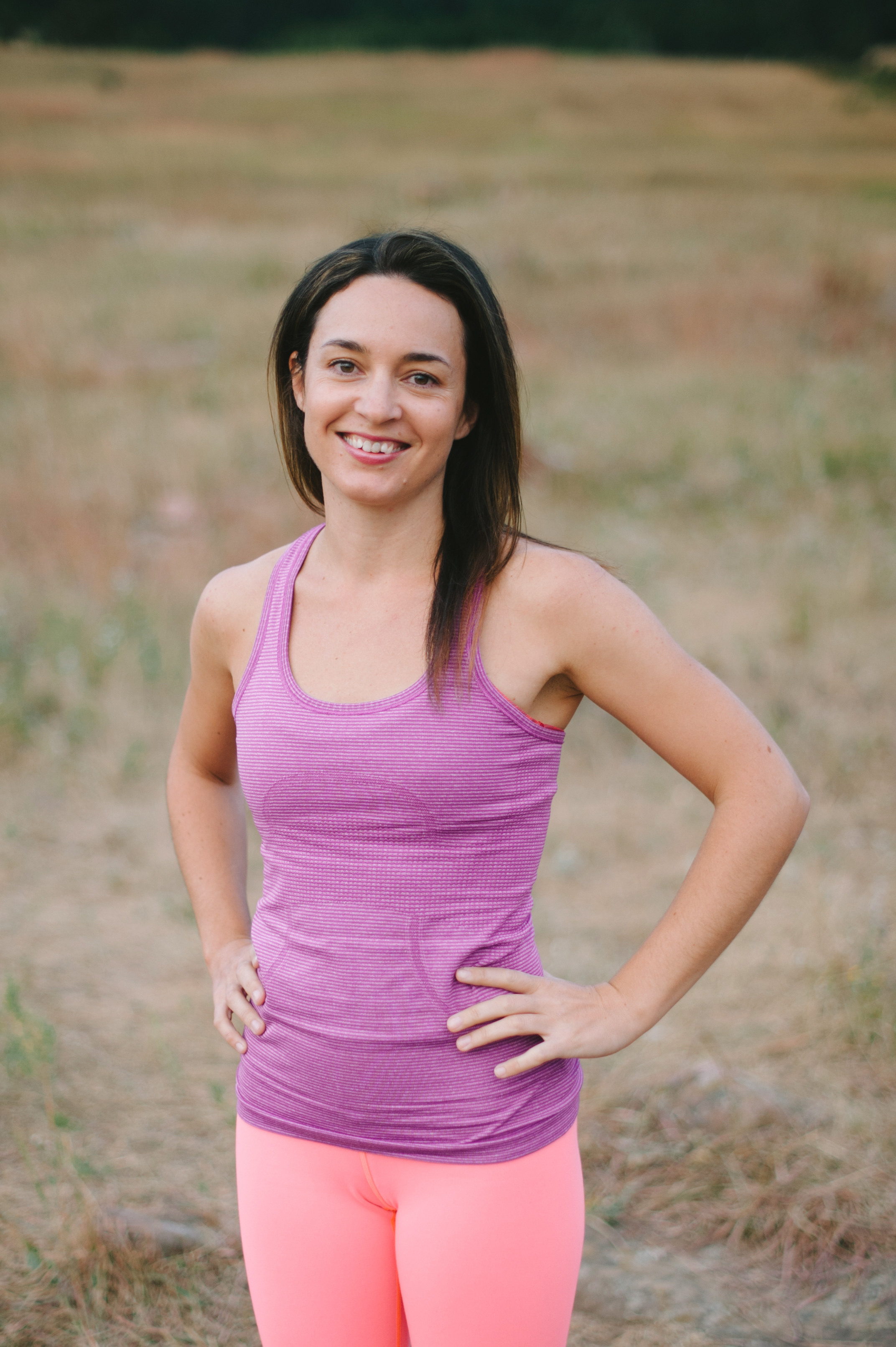A growing mountain of gear: what’s in my pack for the trek to Everest Base Camp
Packing for Everest Base Camp requires a veritable sleight of hand to make sure you’re warm, cool, dry – and don’t overload yourself
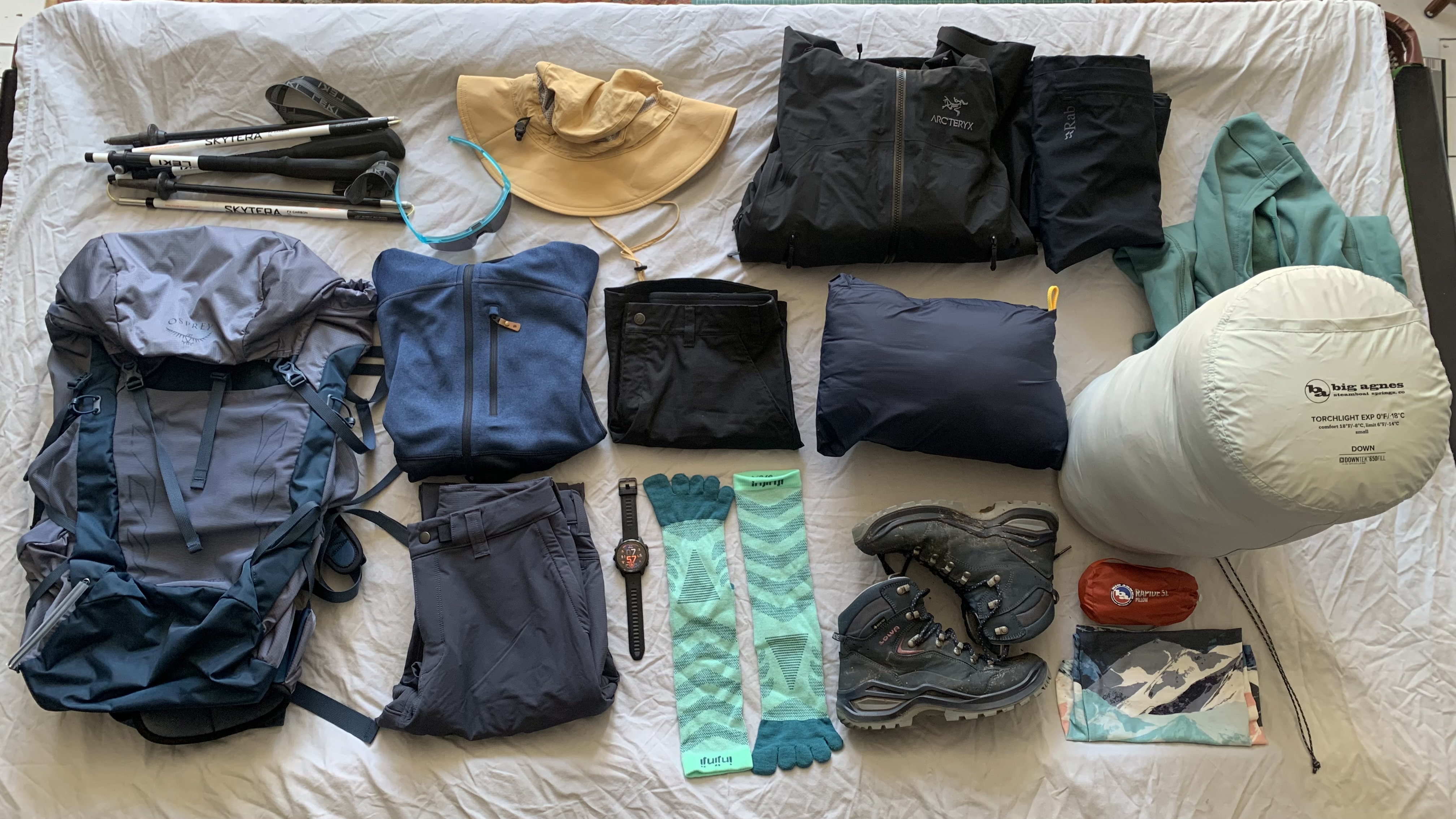
Everest is growing, they say, and so is the mountain of gear in my living room as I prepare to trek to Everest Base Camp. Now, the trip is nearly here, and it’s time to make the final decisions about what’s coming with me when I board the flight to Kathmandu.
When I arrive, I’ll have two nights to recover from the flight and explore by day in 80°F (26°C) weather before I’ll pack everything I need for the trek into a duffel bag and board another flight to Lukla, where it will be significantly cooler – in the 50s (low teens in celsius) – and perhaps drizzly, and I’ll begin the 11-day trek.
If all goes well, I’ll arrive at Base Camp eight days later, where it will be below freezing during the day and sub-zero at night. So, do I just pack every piece of kit I own? Since I'm only allowed 33lb (15kg) for my flight to Lukla, that's a definite no.
The trek will be the longest and highest altitude adventure of my life, and I want to get it right. Luckily for me, the company I’m going with, a Welsh outfit called EverTrek, has furnished me with an elaborate kit list.
In examining it, you could walk away with the idea that you need a lot of gear for the 80-mile trek, but EverTrek Director of Supplier Relations Dave Carpenter warns me this isn’t totally true.
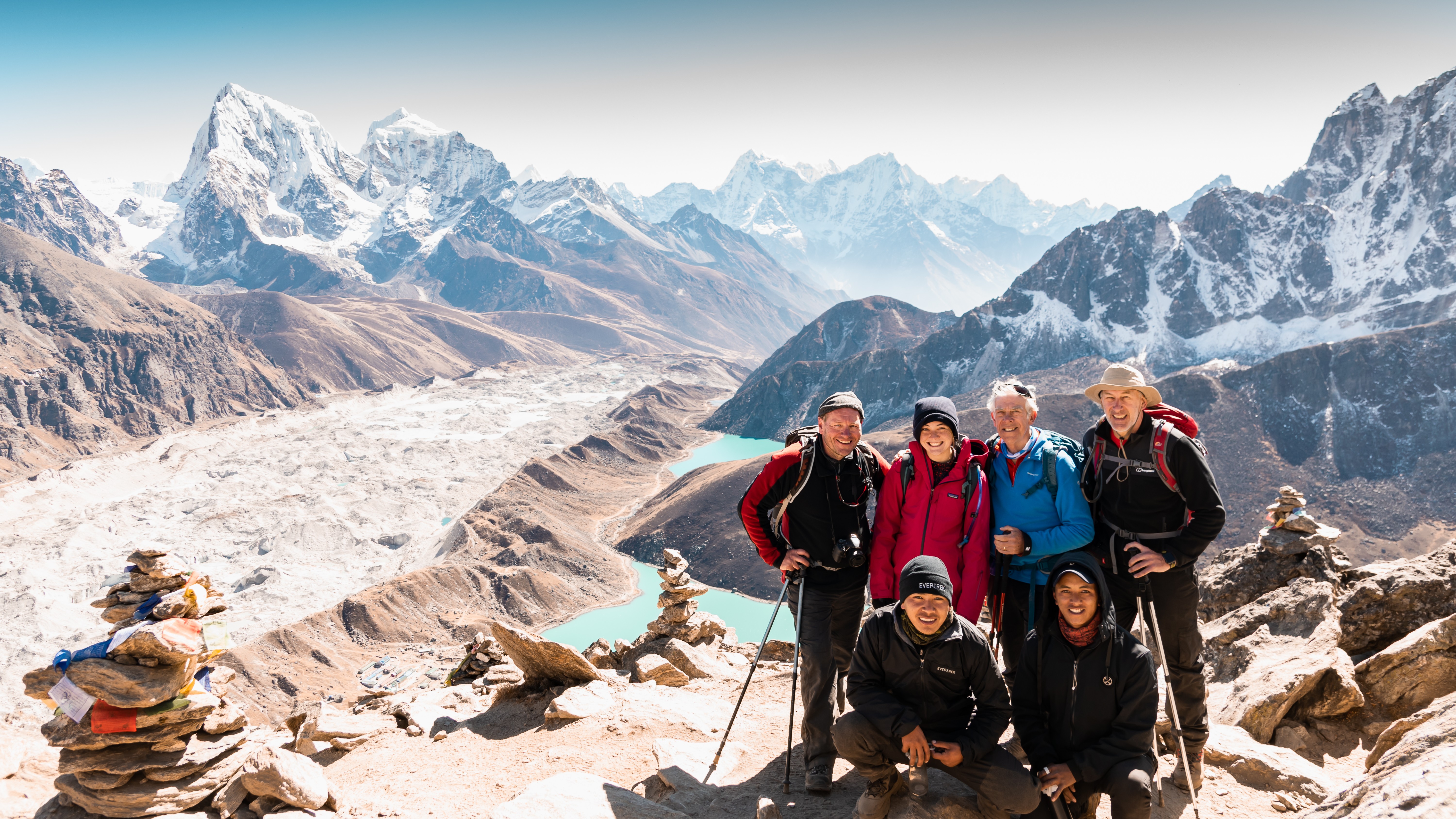
Keep it light
“When it comes to kit, the biggest piece of advice is to pack light,” says Carpenter.
Instead of worrying about bringing two fleeces or three jackets, he advises me to “keep it streamlined.”
All the latest inspiration, tips and guides to help you plan your next Advnture!
“The truth is, you don’t need much. Life in the mountains is simpler, and your kit should reflect that. Focus on staying warm, cool, and dry and leave the extras behind.”
Warm and cool? Yep, I’m going to need layers. I’ve been whittling down my mountain, and here’s where I’ve landed for my clothing:
- Fjällräven Abisko Hybrid Trail Shorts: early on in the trek, it might be warm enough for shorts, and these proved stretchy and comfortable during a mountain hike last week, and like everything from the Scandi brand they’re pretty rugged.
- Patagonia Terravia Peak Pants: as we go higher and the weather cools, I’ll need good leg protection and I don’t know about you, but I prefer to have options for my lower body, adding thermal underwear and rain pants if I’m cold rather than risking overheating with fleece-lined pants. But knowing that I’ll also want something robust, I’ve opted for the new Patagonia Terravia Peak Pants, which are built specifically for multiday trips.
- Fjällräven Abisko Trail Fleece: I’m packing a couple of T-shirts and long sleeved base layers, mostly made from Merino wool, but one of the most important pieces of kit on a trek like this is a mid layer, which provides valuable insulation in cold temperatures, and can double as a light jacket when it’s mild. This jacket combines two different fleece fabrics to add warmth where I need it, but keeps weight and packing volume down, which ensures it wins out over my beloved Houdini Power Houdi. And not that I'll be thinking about this at 17,000ft, but it looks awesome, tailored to fit my body and not a cereal box, for once.
- Fjällräven Expeditions Pack Down Anorak: I’ve got my light and packable Rab Microlight Alpine jacket for when it gets cooler, but after hearing about the -10°F (-23°C) lows at Base Camp, I realized I need something built for polar conditions. This awesome anorak comes down lower than my bum and has a brilliant hood to shelter me against the wind. Despite how luxurious it feels on, it packs down small and even stuffs inside the kangaroo pocket to make a camping pillow, in the unlikely event my Big Agnes Rapide SL pillow isn’t enough.
- Arc'teryx Beta AR Jacket Stormhood: Living in Scotland has taught me just how important a weatherproof layer is, and it can be a constant balancing act to find a jacket that’s really durable but still quite light and packable. The Arc'teryx Beta AR Stormhood holds a lot of promise, using Gore-Tex Pro for rugged protection, plus a StormHood that adjusts to move with your head and maximize peripheral vision, and an embedded RECCO reflector for emergency situations.
- Rab Firewall Waterproof Pants: We’re likely to meet with some rain in lower altitudes and as we get higher, a cold wind can rear its head at any time, so for rugged leg protection which provides all the weather protection I’m likely to need, I went with these awesome lightweight pants. Thanks to the 3-layer Pertex Shield fabric, they’ll breathe when we’re climbing and are a bit of a workhorse in terms of durability.
Obviously, there’s more to add, but I consider the above to be the bulk of my layers, and together it all weighs around 2kg, leaving me plenty of wiggle room.
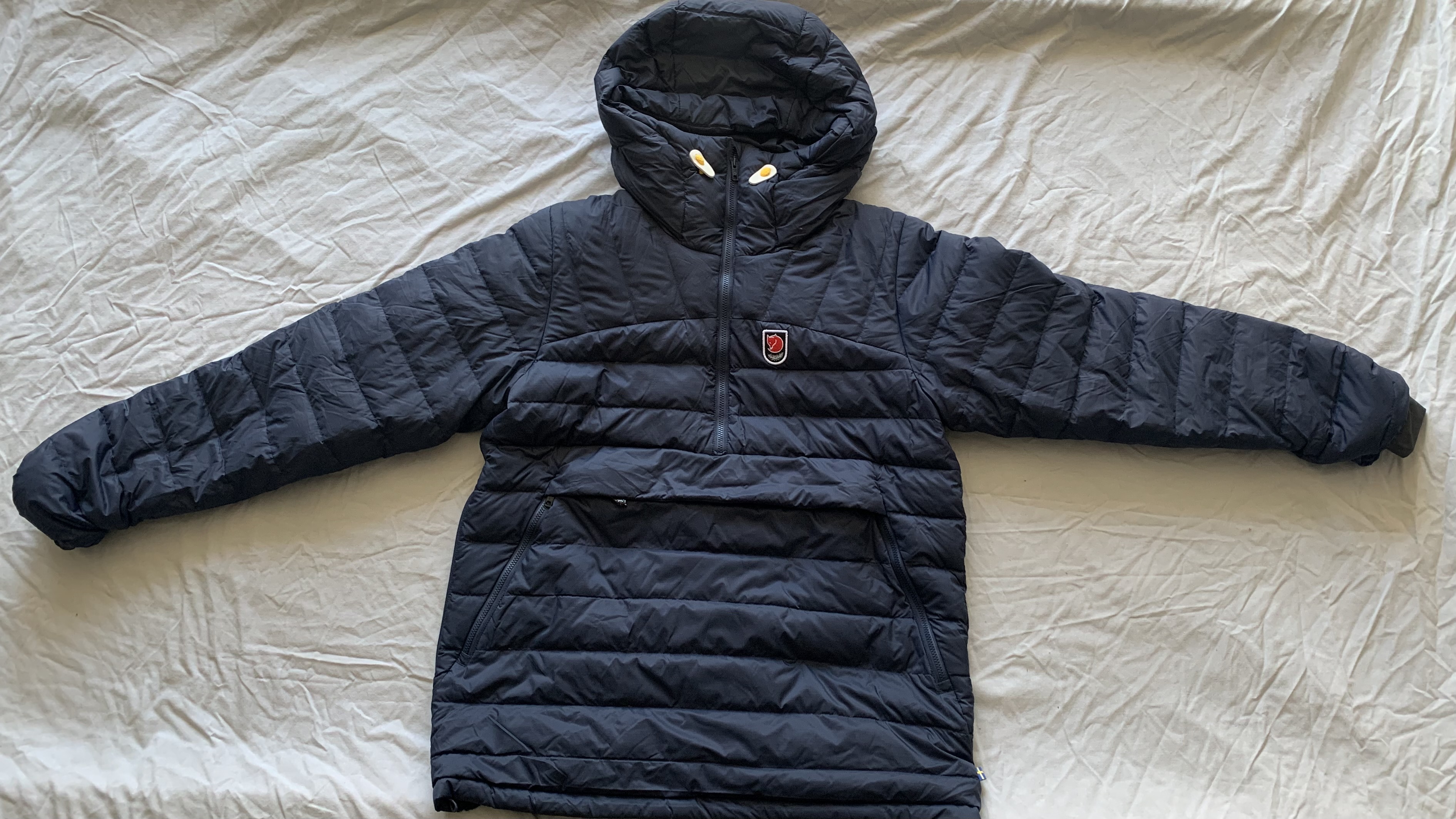
One exception
I’ve been focused on light layers, but one notable exception to my lighter-is-better approach is my sleeping bag. When my friend and fellow Advnture writer Jack McKeown warned me about how cold it can get at night, I hauled out my Big Agnes Torchlight EXP 0 sleeping bag.
It’s not my lightest or most packable bag, but with Sherpas (blessedly) carrying our gear, leaving me just to carry my daytime essentials in my Osprey Tempest 33 pack, I decided it was the best option. This toasty bag, from a Colorado brand I’ve known and trusted for years, can be expanded with an added zip, which means more options for sleeping positions and something I think is vital when I’m going to be using it for 11 nights straight.
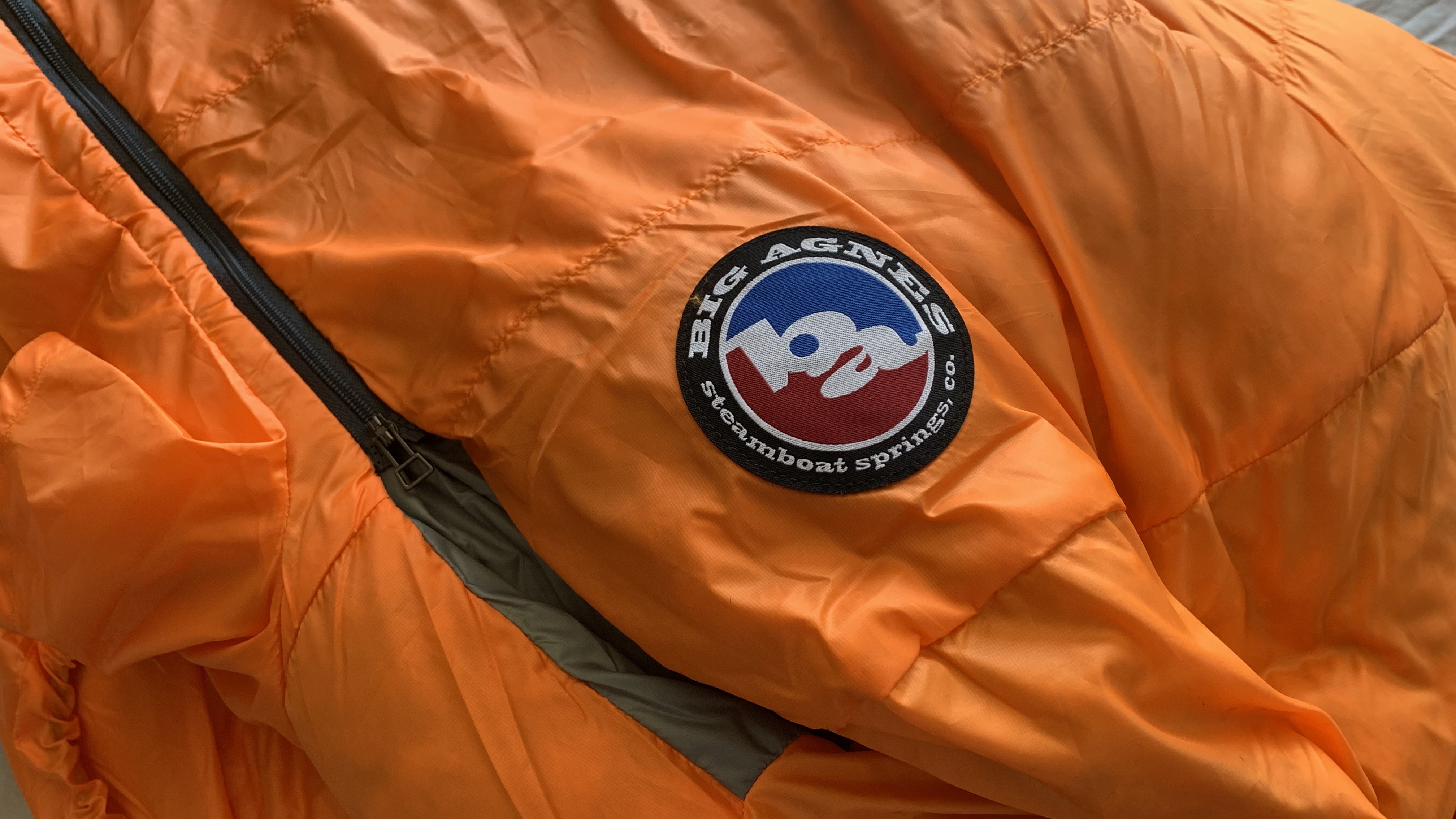
Boots on the ground
The piece of kit I’ve spent the most time agonizing over is, of course, my hiking boots. As an outdoors journalist, I’ve got a pile to choose from, but unlike my hiking shorts, this is a choice that could easily make or break my entire trek. Blisters on a day hike are already insufferable, but on an 11-day trek? No thanks.
I want something protective but not too heavy, waterproof, and with enough cushion for long days. Needless to say, I’ve been doing a lot of hiking to prepare my body for the journey, and that’s given me time to test out different boots. I’ve finally settled on the Lowa Renegade Evo GTX Mid, which I’ve now put about 100 miles in. This is the newly updated version of the light, synthetic bestseller from the German brand.
They’re actually not the cushiest boots I own, and even provide a little trail feedback, but I’ve been able to put in back-to-back long days in them several times this spring without foot fatigue. Add to that the fact that they have a roomy toe box, and I might even get through the hike without losing too many toenails, plus with a mid-height cuff, they offer good protection.
Also on my feet, I’m taking the advice of my sister-in-law, who has historically suffered from bad blisters on long walks and I’m armed with several pairs of Injinji toe socks to cut down on rubbing (I’ll bring plenty of vaseline for that too). I’ll start in the lighter Injinji Liner Crew socks and work my way up to the Injinji Outdoor Midweight Crew Wool when it gets cooler. Thanks to the wool content, I won’t have to worry about smelly feet.
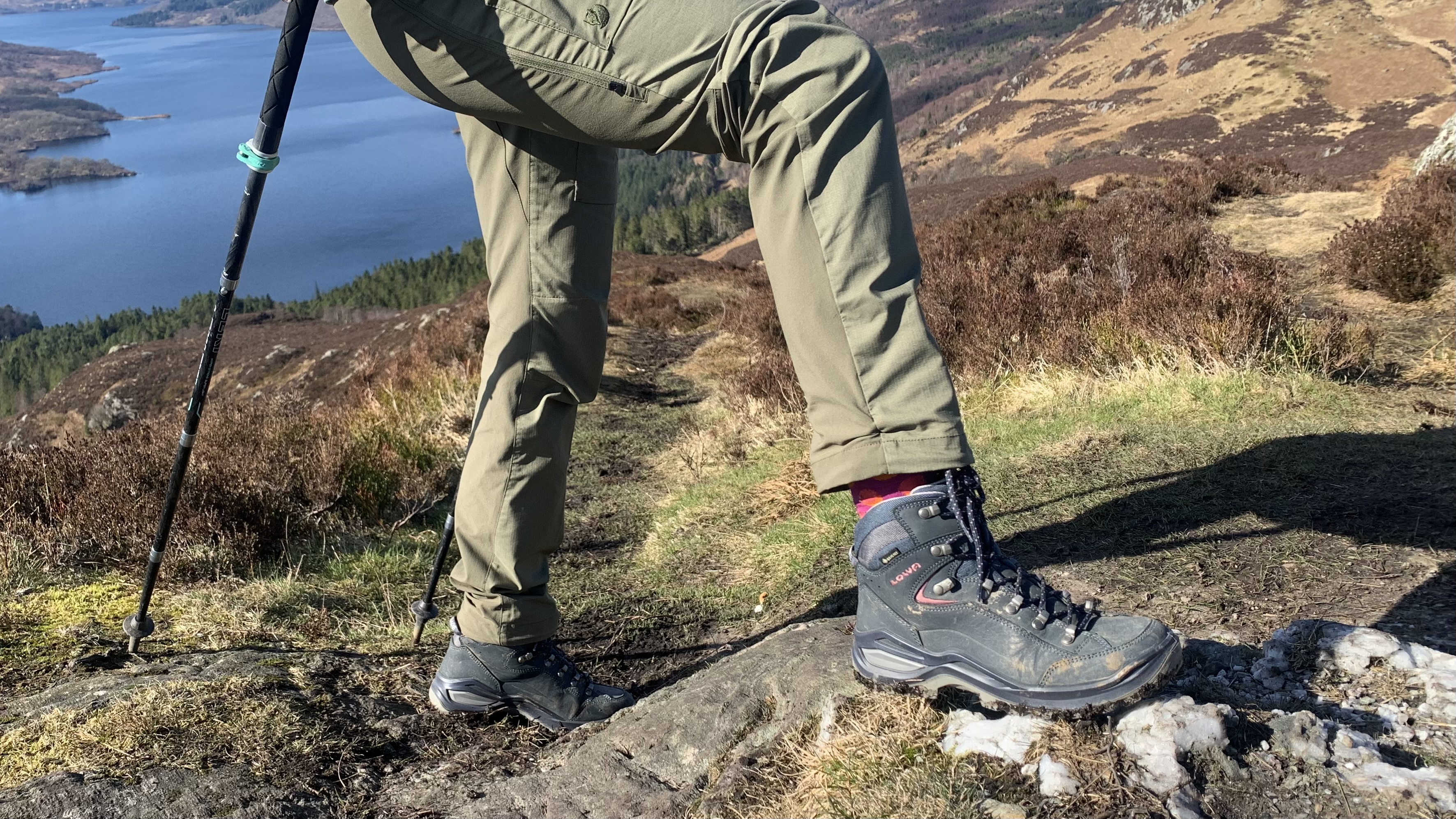
Here comes the sun
The thought of being cold is the one that keeps me up at night, and I’ve been hyper-focused on staying warm, but having lived in the Rockies for many years, I’m also preparing myself for how intense the sun can be. Long sleeves and sunscreen are of course a crucial start, but I also want to protect my skin from sunburn and my body from additional dehydration with a hat and sunglasses.
Last year I received the Columbia Bora Bora II Booney sun hat for a trip to the Swiss Alps, but it was a little too safari for my liking, so I put it aside in favor of a ball cap. Now that I’m seeking to really maximize sun protection, however, I’m appreciating the merits of a brim that goes all the way round, plus it has a chin strap so I don’t have to run back down to Lukla chasing it on a breezy day.
Since I’m now resigned to looking decidedly uncool in this hat, I’m just going to complete the look with the new SunGod FORTY2s sunglasses, which are actually trail running shades but I like that they provide all-day comfort, lots of crucial eye protection and a fair amount of coverage.
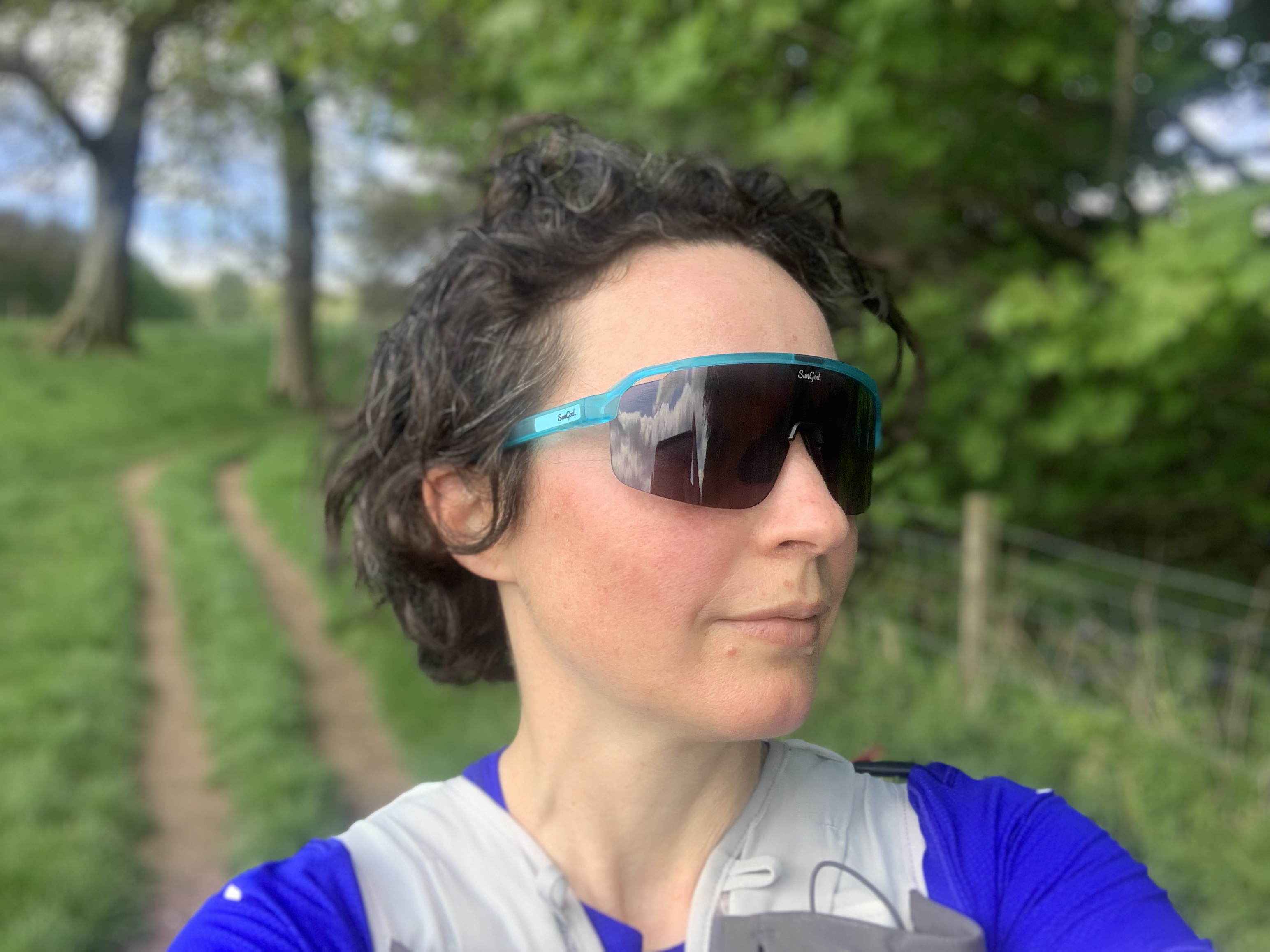
A secret weapon?
I’ve spoken to a few friends and colleagues about gathering kit for my trek, and each one has a “secret weapon.” For Carpenter, it’s a knee brace – like me, he’s been the recipient of a new ACL, but I find my awesome Leki Skytera FX Carbon SL trekking poles provide me with all the support I need.
Mountaineer Tracee Metcalfe, who recently became the first American woman to summit all 14 of the 8,000m peaks in the world, had a secret weapon idea that sounds like it could improve the quality of my experience:
“I would recommend hiking with a buff around your neck as much as you can, as it helps protect your throat and lungs from all the dust on the trail.”
When I speak to Jon Kedrowski, who’s been leading treks to Base Camp for years, he echoes this sentiment, explaining that the yaks along the trail are what can make the “dust” quite harmful.
“That livestock is pooing all over the trail, and that dust gets kicked up, and then you’re breathing that dust in and you’re breathing in feces, basically.”
Eager to protect my nasal passages and lungs from it all, my Buff Thermonet Multifunctional Neckwear is likely to be a permanent fixture around my neck.
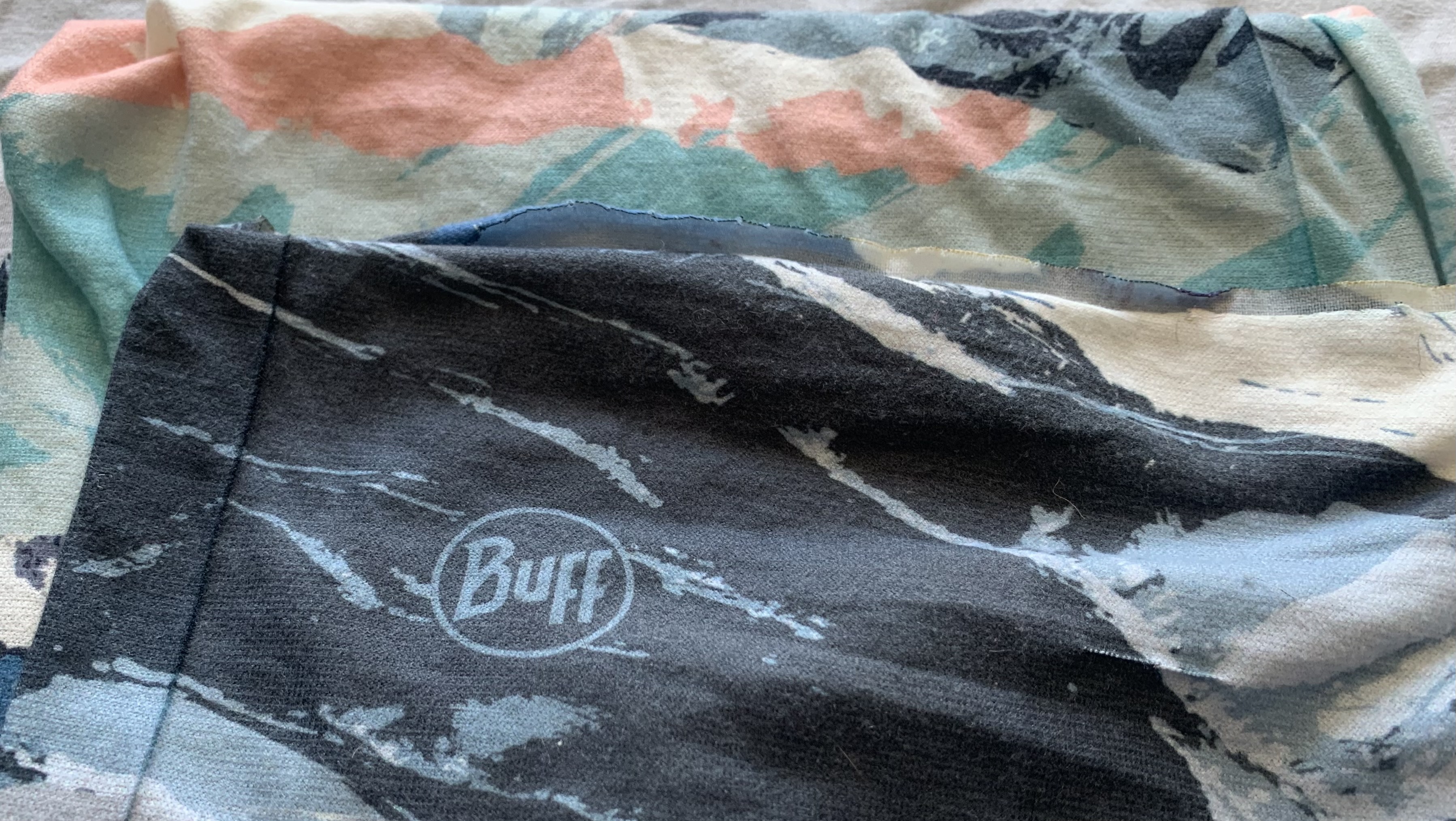
A line to the outside world
I won’t lie, I’m looking forward to a bit of a digital detox on the trek, as signal is said to be spotty, but being away from my family for so long in a remote area, I do want to be contactable – and be able to get a message out if I need to. So I have a Garmin inReach device for this trek, which is a satellite communicator that allows me to send and receive messages.
Hopefully, I’ll just use this to keep in touch and won’t have any emergencies that can't be solved with Imodium, but I have some peace of mind knowing that it’s safely in my pack.
Julia Clarke is a staff writer for Advnture.com and the author of the book Restorative Yoga for Beginners. She loves to explore mountains on foot, bike, skis and belay and then recover on the the yoga mat. Julia graduated with a degree in journalism in 2004 and spent eight years working as a radio presenter in Kansas City, Vermont, Boston and New York City before discovering the joys of the Rocky Mountains. She then detoured west to Colorado and enjoyed 11 years teaching yoga in Vail before returning to her hometown of Glasgow, Scotland in 2020 to focus on family and writing.
